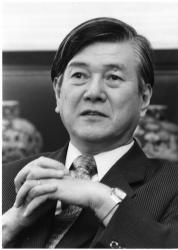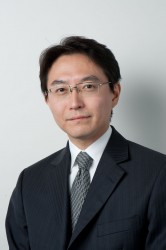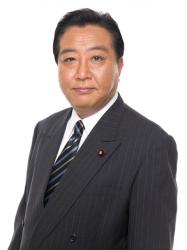
Introduction Umesao Tadao (1920-2010) was a Japanese anthropologist and ethnologist, in addition to being an intellectual who strongly influenced Japanese society in the 1970s to 1990s. His activities were not confined to ethnology but extended to social commentary and studies on civilizations around the world. In his earlier years, Umesao predicted the arrival of an information society as seen today, being endowed with foresight into future society and culture. He also had significant influence in business and political circles. He proactively supported Japan’s cultural diplomacy and contributed greatly to the establishment and operation of the Japan... [Read more]

